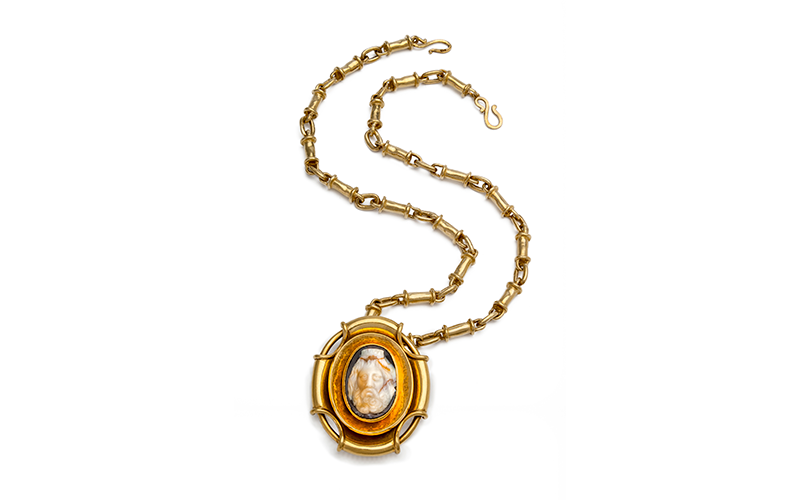- Events & Programs Home
- Calendar
- Accessibility
- Adults
-
Families & Teens
- Families & Teens Home
- 10x10 Teen Art Expo
- Art on the Rise
- Art Together: Art Making for Families with Children Ages 3–5
- Babies Sing with May Festival Minis
- Boy Scouts / Girl Scouts
- CAM Kids Day
- Family Storytime and Gallery Walk
- Family Studio: Art Making for Families with Children Ages 6–12
- Games in the Galleries
- Members-Only Baby Tours
- Public Baby Tours
- REC Reads
- Rosenthal Education Center (REC)
- Saturday Morning Art Class
- See Play Learn Kits
- Summer Camp
- Teen Fest: Zine and Comic Exchange
- RECreate
- Teachers
- Community Outreach
- Fundraisers
- Plan Your Own Event

- Events & Programs Home
- Calendar
- Accessibility
- Adults
-
Families & Teens
- Families & Teens Home
- 10x10 Teen Art Expo
- Art on the Rise
- Art Together: Art Making for Families with Children Ages 3–5
- Babies Sing with May Festival Minis
- Boy Scouts / Girl Scouts
- CAM Kids Day
- Family Storytime and Gallery Walk
- Family Studio: Art Making for Families with Children Ages 6–12
- Games in the Galleries
- Members-Only Baby Tours
- Public Baby Tours
- REC Reads
- Rosenthal Education Center (REC)
- Saturday Morning Art Class
- See Play Learn Kits
- Summer Camp
- Teen Fest: Zine and Comic Exchange
- RECreate
- Teachers
- Community Outreach
- Fundraisers
- Plan Your Own Event
Necklace with Pendant by Helen Woodhull
Necklace with Pendant by Helen Woodhull
- Home
- Plan Your Visit
- Art
-
Events & Programs
- Events & Programs Home
- Calendar
- Accessibility
- Adults
-
Families & Teens
- Families & Teens Home
- 10x10 Teen Art Expo
- Art on the Rise
- Art Together: Art Making for Families with Children Ages 3–5
- Babies Sing with May Festival Minis
- Boy Scouts / Girl Scouts
- CAM Kids Day
- Family Storytime and Gallery Walk
- Family Studio: Art Making for Families with Children Ages 6–12
- Games in the Galleries
- Members-Only Baby Tours
- Public Baby Tours
- REC Reads
- Rosenthal Education Center (REC)
- Saturday Morning Art Class
- See Play Learn Kits
- Summer Camp
- Teen Fest: Zine and Comic Exchange
- RECreate
- Teachers
- Community Outreach
- Fundraisers
- Plan Your Own Event
- Give & Join
- About
- Tickets
- Calendar
- Exhibitions
- Collections
- Blog
- Shop

Helen Woodhull (American, 1940–2005), Necklace with Pendant, 1971, gold, agate
Audio Description
Made by American jeweler Helen Woodhull, who lived from 1940–2005, this gold and agate necklace and pendant were made in 1971.
The long, yellow gold necklace of this piece is made up of hefty cylindrical links with flat tops and bottoms and smooth oval links joining them. The pendant is oval. At the center is an agate cameo carved with a man’s face in ivory with some striations of orange. He has a stern look, a beard and mustache, and long hair that are each carved to look like hair. On the top of his head is a squared off shape. The agate has a dark ground that surrounds the face. The frame around the cameo has a concave surround, then a tubular shape that has four semi-circles cut out of it at the four corners. A smaller rod of gold runs through the tubular frame, visible only where the corners are cut away.
Label Copy
Made by American jeweler Helen Woodhull, who lived from 1940–2005, this gold and agate necklace and pendant were made in 1971.
Helen Woodhull was fascinated by antiquities from an early age. Traveling abroad as a young woman, she collected antique objects such as Greek medallions, Ming dynasty jade buckles, and ancient Egyptian amulets. In time, she began mounting other’s treasures and turning them into jewelry. But Woodhull respected the objects too much to drill or glue them. Instead, she worked with a goldsmith to mount pieces unaltered. Designing first for Georg Jensen, the well-known Danish jewelry firm, she later set up her own shop, Helen Woodhull, Inc.
An ancient cameo depicting Serapis—a hybridized god of Greek, Roman, and Egyptian origins—is the focus of this design. He wears a distinctive headpiece called a modius—a grain measure. The hefty chain echoes a popular style in the 1970s when this necklace was made and approximates what might have been worn by the ancients who carved the cameo—at least in Woodhull’s mind.
Back to Materials, Texture, Sculpture Back to the Audio Exhibition
Cincinnati, OH 45202
Toll Free: 1 (877) 472-4226
Museum Hours
Museum Shop
Terrace Café
Library
Cincinnati Art Museum is supported by the tens of thousands of people who give generously to the annual ArtsWave Campaign, the region's primary source for arts funding.

Free general admission to the Cincinnati Art Museum is made possible by a gift from the Rosenthal Family Foundation. Exhibition pricing may vary. Parking at the Cincinnati Art Museum is free.
Generous support for our extended Thursday hours is provided by Art Bridges Foundation’s Access for All program.

General operating support provided by:



